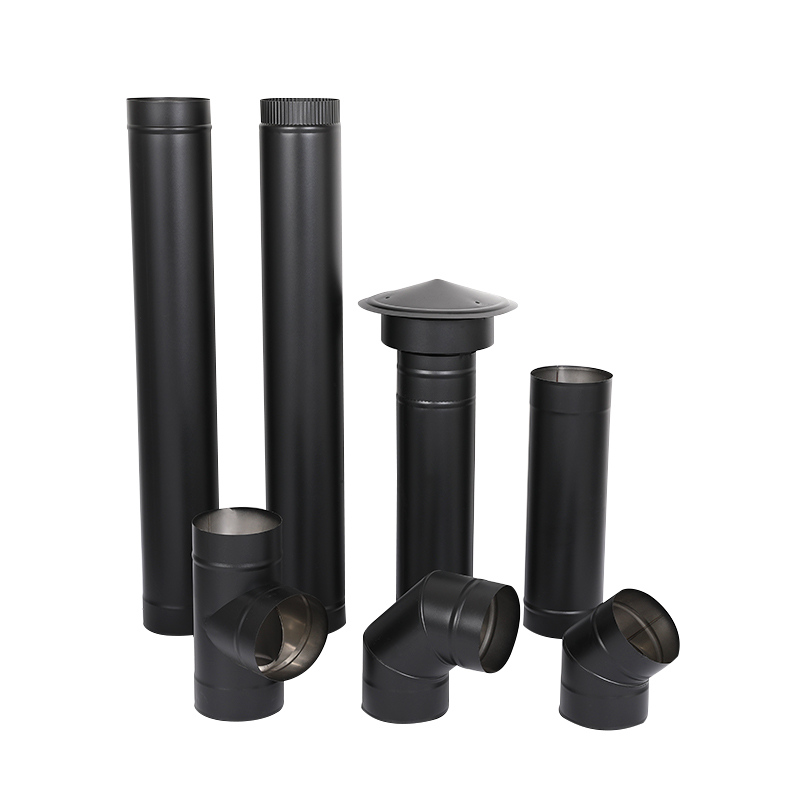In the realm of modern home heating solutions, the combination of a stainless steel chimney with a fireplace has emerged as a premier choice for homeowners seeking a harmonious blend of functionality, durability, and aesthetic appeal. Stainless steel, renowned for its corrosion resistance and high-temperature tolerance, offers a robust framework for chimney systems, while fireplaces provide warmth and ambiance. This article delves into the benefits, design considerations, and maintenance tips for this innovative pairing.
Why Choose Stainless Steel Chimneys?
-
Unmatched Durability: Stainless steel chimneys are built to last. Their resistance to rust, corrosion, and extreme temperatures ensures they withstand the rigors of daily use and environmental exposure, outperforming traditional materials like brick or clay.
-
Energy Efficiency: By minimizing heat loss through superior insulation properties, stainless steel chimneys enhance the efficiency of fireplaces, allowing more heat to radiate into living spaces rather than escaping through the chimney.
-
Aesthetic Flexibility: Available in a range of finishes and designs, stainless steel chimneys can be tailored to complement any architectural style, from sleek modern homes to rustic cabins.
The Synergy of Fireplaces and Stainless Steel Chimneys
A fireplace serves as the heart of a home, offering warmth and a cozy atmosphere. When paired with a stainless steel chimney, the benefits are amplified:
-
Improved Draft: Stainless steel’s smooth interior surface reduces friction, ensuring optimal airflow and preventing smoke backdrafts.
-
Versatility: Whether fueled by wood, gas, or pellets, stainless steel chimneys are compatible with various fireplace types, catering to diverse preferences.
-
Safety: Compliance with international safety standards ensures protection against fire hazards and carbon monoxide buildup.
Design Considerations
When planning a stainless steel chimney and fireplace installation, consider the following:
-
Building Codes: Always adhere to local regulations regarding chimney height, clearance, and materials.
-
Ventilation: Proper sizing of the chimney is crucial to ensure efficient smoke evacuation. Consult a professional to determine the ideal diameter and height.
-
Aesthetic Integration: Coordinate the chimney’s design with the fireplace and overall interior décor for a cohesive look.
Installation and Maintenance
-
Professional Installation: Given the technical complexity, hiring a certified installer is essential to ensure compliance with safety standards and optimal performance.
-
Regular Inspections: Schedule annual checks to inspect the chimney for blockages, corrosion, or damage.
-
Cleaning: Remove creosote buildup (for wood-burning fireplaces) to prevent chimney fires. Stainless steel’s smooth surface makes cleaning easier compared to traditional chimneys.

 Back to list
Back to list
 Back to list
Back to list